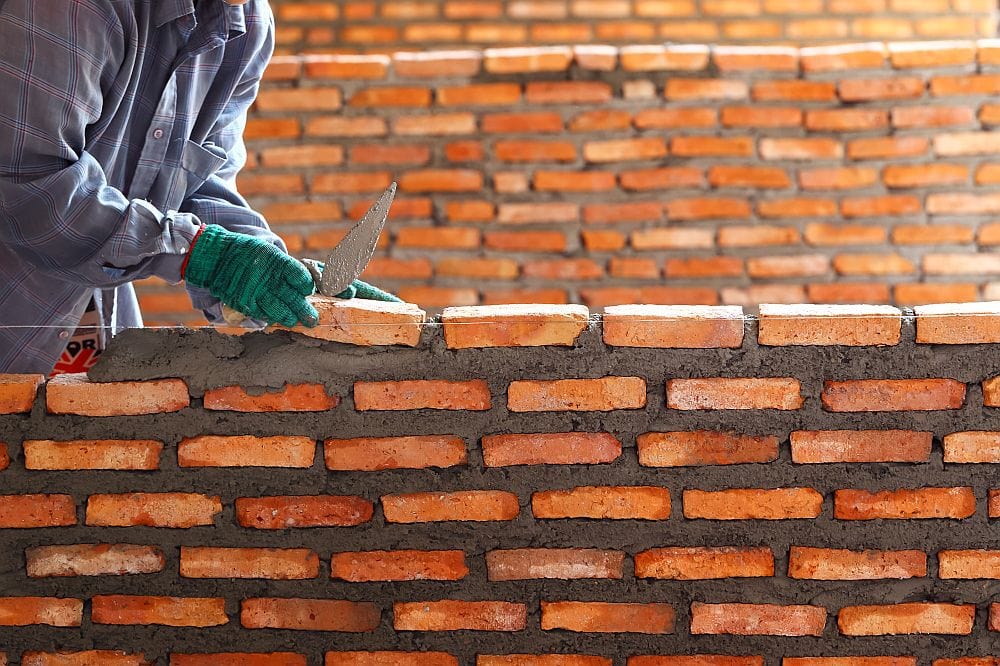
Again, we present another beloved classroom demonstration in materials science. This one is a non-intuitive display of surface tension, residual stress, interior tension, potential energy and tempered glass.
To create a Prince Rupert drop, molten glass is dropped into cold water. The glass rapidly forms into teardrop shape with a extended, fine tail. The material in the exterior of the drop cools and hardens nearly immediate while the interior material cools slowly. As the interior material cools, it contracts and sets up powerful compressive stresses on the surface.
The residual stress within the drop gives rise to unique properties that every demonstrator loves: The drop can be hammered on the fat end without breaking, but disintegrates explosively if the tail end is even slightly damaged. This illustrates the release of the potential energy contained within the drop’s amorphous atomic structure.
The process of the “explosion” has been studied closely and shows that fractures move from the tail through the material at very high speed. Purdue University’s Srinivasan Chandrasekar used extremely high speed video to record how the “crack front” propagates in a disintegrating drop at up to 4,200 miles per hour.
The drops were supposedly discovered around the 1640s by Prince Rupert of the Rhine (1619–1682). The story is told that Rupert would use the drops as a practical joke in his court. He would give a drop to someone in his audience and then surreptitiously break the tail causing a small and surprising explosion.
We have actually combined two videos. The second part is slightly repititious but provides both a slo-mo view of the shattering process and a lovely image of namesake Rupert.

Credit: The American Ceramic Society, YouTube
CTT Categories
- Education
- Material Innovations


